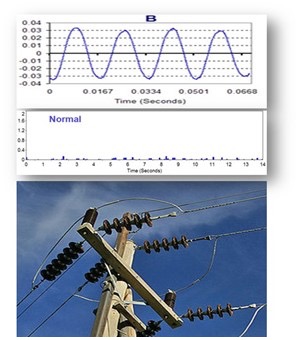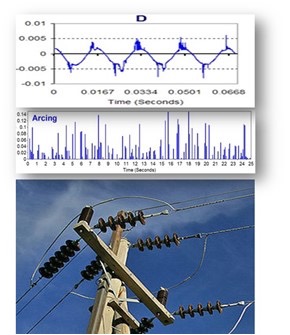Advanced Inspection and Diagnostics R&D Drone Dock
An innovative way to make visible and spectral imagery, and electromagnetic inspections of power circuits, assets, and vegetation the substation drone dock could be a useful dispatchable asset. The consensus from the Wildfire Advisory Group and EPRI SMEs is that electric utilities will continue to expand their use of drones in the future. To date, documented case studies show that inspectors using drones can work safer, faster, and with higher-quality results as compared to traditional ground based, and manual inspection methods. This is true for most local inspections regardless of the environment (distribution, substations, transmission, generation, or forestry). Two key use cases in the wildfire awareness space include:
- Planned cyclic inspections on a set schedule and
- On demand flights to accommodate “what just happened” missions
While there remain a few regulatory and technical limitations, commercial drone solutions are emerging for (drone-in-a-box, or drone “dock”) systems that would always reside at a substation and could be remotely outfitted with specific sensors for specific missions. The units could be dispatched for one or more objectives either daily, weekly or on demand. Prototype systems combine a drone with a protective housing, embedded charging, wireless connectivity, and remote or automated command and control of the aircraft. Conceptually, these systems promise hardware that utilities install and leave in place for remote and autonomous operations. This may improve the drone business case for long-distance, very remote, or high-priority situational awareness needs. As with most new and rapidly developing applications, the electric utility industry could benefit by collaborative research, testing, and deployment with drone dock technology. While the primary use cases expand well beyond just the wildfire cases, wildfire does have a significant priority.


New Learning from a wildfire focused demo
If a utility managed a network of drone docks for wildfire risk reduction, how could they routinely and reactively manage their utility’s rights-of-way and infrastructure? Answering this question would offer new learnings by deploying state-of-the-art drone technologies over a large area for utility situational awareness of the vegetation conditions, frequent asset inspections, investigation of line faults and monitoring of the right of way to detect smoke from any fire initiations. While all this seems possible, drone operations must ensure airspace safety, and privacy for the public should be considered. Field demonstrations at scale have not exposed the value and limitations of this approach. Lessons learned from these experiments can direct utilities to a new way of managing their rights-of-way and infrastructure for all kinds of implementations and objectives.
What is needed to accelerate the industry toward the 2030 Vision?
The drone docks demo for wildfire risk use cases would crosscut multiple continuous monitoring objectives by flying both planned and unplanned missions to monitor vegetation health, vegetation risk to power lines, to conduct electromagnetic sensing of incipient failure conditions, and to respond to electric fault detections by flying (on-demand) inspection missions, to the fault location to look and report back on smoke detection or on identified power system damage. Research in this space could have multiple benefits as it would:
- Firstly, enable a utility to get reasonably high-resolution data on the local vegetation to help inform vegetation/ground fuel ignition risk and to make the modeling tools more certain in their projections.
- Secondly enable an immediate response to a fault to identify its cause, the hazard level for the system or the public and a quick assessment of whether a fire start response is warranted
- Finally, the implementation would be able to support damage assessment immediately after the winds have died down and the lines need to be inspected - post PSPS
Which 2030 Future States are Impacted by this Work?
- Full fault count/cause visibility and history for all power lines of interest
- A Unified fault and power quality (anomaly event) signature repository
- Full understanding of vegetation ignition probability as fault energy is reduced